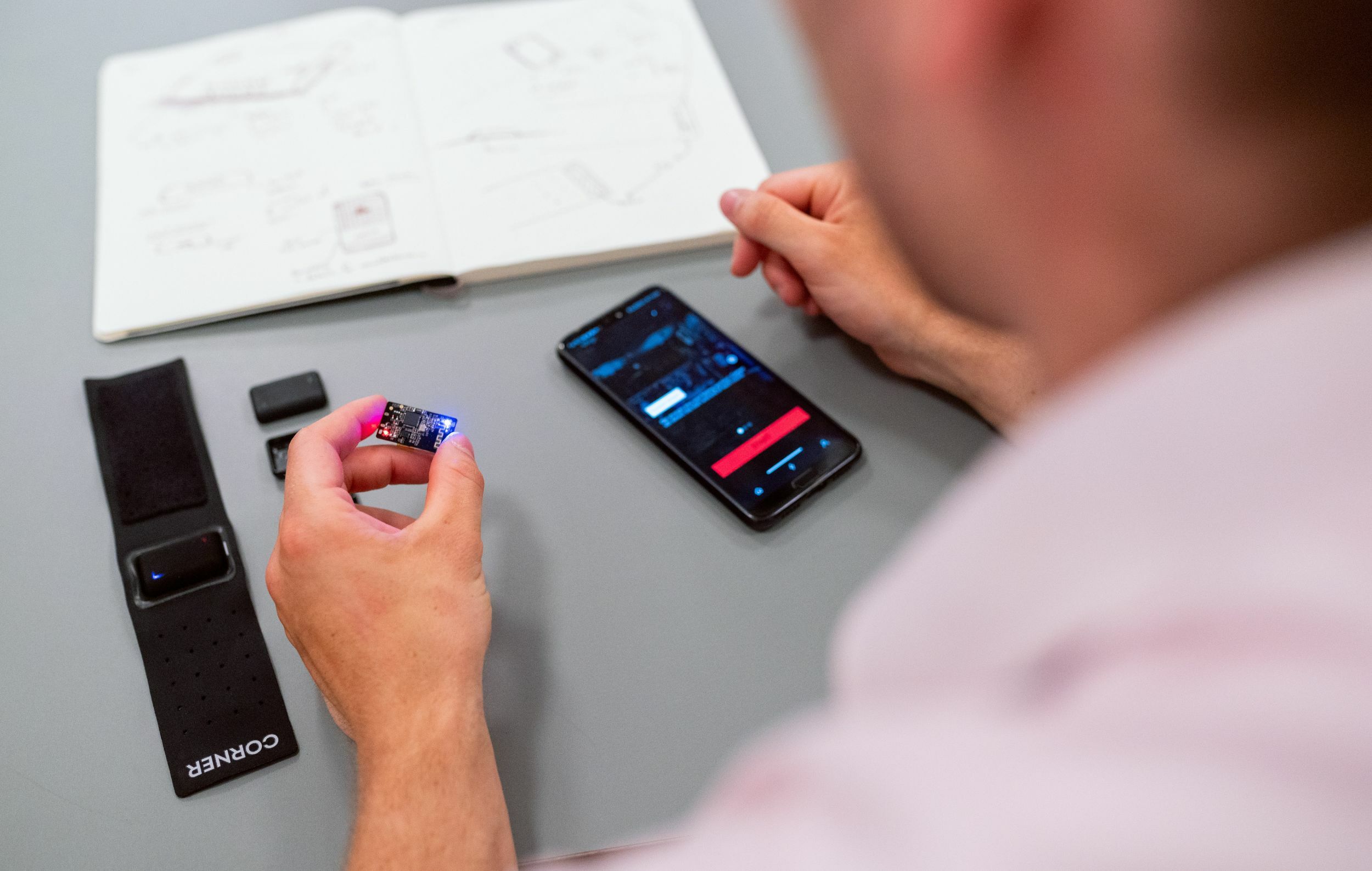
Monday 13th February 2023
Spy software keeping an eye on us
Louise Morse
A big news story last week was the American shooting down of the huge Chinese balloon full of spying equipment floating over the States. There’s also been a spate of stories about other spying equipment used by the Chinese. The Telegraph’s cartoonist, Matt, drew a man and his wife in their sitting room with the husband looking out through the window and his wife saying, ‘The Chinese won’t send a spy balloon to the UK. Our fridge and lightbulbs tell them everything already.’
It may sound like science fiction, but China is the major producer of IoTs - small modules used in everything from smart fridges to advanced weapons systems to monitor usage and transmit data back to the owner, and often the manufacturer, using 5G. (5G is the 5th generation mobile network and the new global wireless standard that is designed to connect virtually everyone and everything together including machines, objects, and devices.) But China’s IoTs (meaning the Internet of Things) contain Trojan horses that enable it to be industrial espionage and to monitor the movements of intelligence targets, including people, arms and supplies. A report published last month by a security consultancy said that the potential threat to national security is larger than the threat from Chinese-made components in mobile phone masts which led to a government ban on Huawei products being used in mobile infrastructure. The author of the report. Charles Parton, a long-term diplomat specialising in China, Taiwan and Hong Kong, said that we need to wake up to the threat. China is the biggest producer and has spotted an opportunity to dominate the market. It can make foreign countries dependent on them and at the same time harvest a lot of data.
Fears were aroused recently that China had the capability of monitoring the movements of everyone from the Prime Minister downwards when security services dismantled ministerial cars and found at least one of the devices hidden inside another component.
The report recommends a complete audit of government property to replace the devices when necessary. Companies operating in sensitive areas, such as defence, should be told to complete this by the end of 2025. There’s also the risk of ‘someone being able to weaponise them,’ according to Lucy Kearns MP, chairman of the Commons Foreign Affairs Committee. ‘You could track someone, work out where the Prime Minister is going to be for example, and that would be very useful information for terrorists.’
There are also the ubiquitous QR codes that are being used increasingly in pernicious ways, according to fraud experts. QR, or ‘Quick Response’ – codes are small, jumbled boxes of black-and-white squares, which operate very much like a barcode. You simply point your camera on your smart phone at a QR code and it directs you to a website automatically, without you having to tap the details into your browser. Fake QR codes are being pasted over genuine ones, including those on meters in parking lots. First, check to make sure that the code sticker has not been pasted over the genuine one, and if you do get directed to a website don’t enter your bank details unless you know the website is genuine. Give-aways are often bad spelling and grammar.
The growth in technology applications is affecting all of us, from our household appliances to how we order meals in restaurants and pay for our groceries and most of all – how we communicate with one another. Older people (the silver surfers) are the fast growing vector of new internet users, and for many mobile phones are a life saver. Just this week an industry magazine warned that makers of the best Chinese Android smartphones collect an alarming amount of data that can be traced back to individuals, a new study indicates. Having information informs our choices.




































